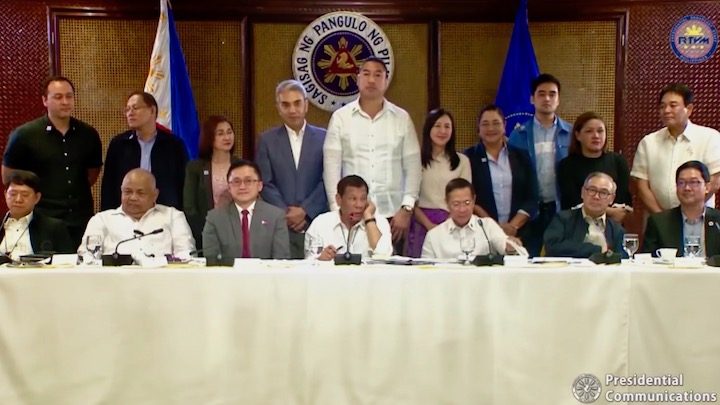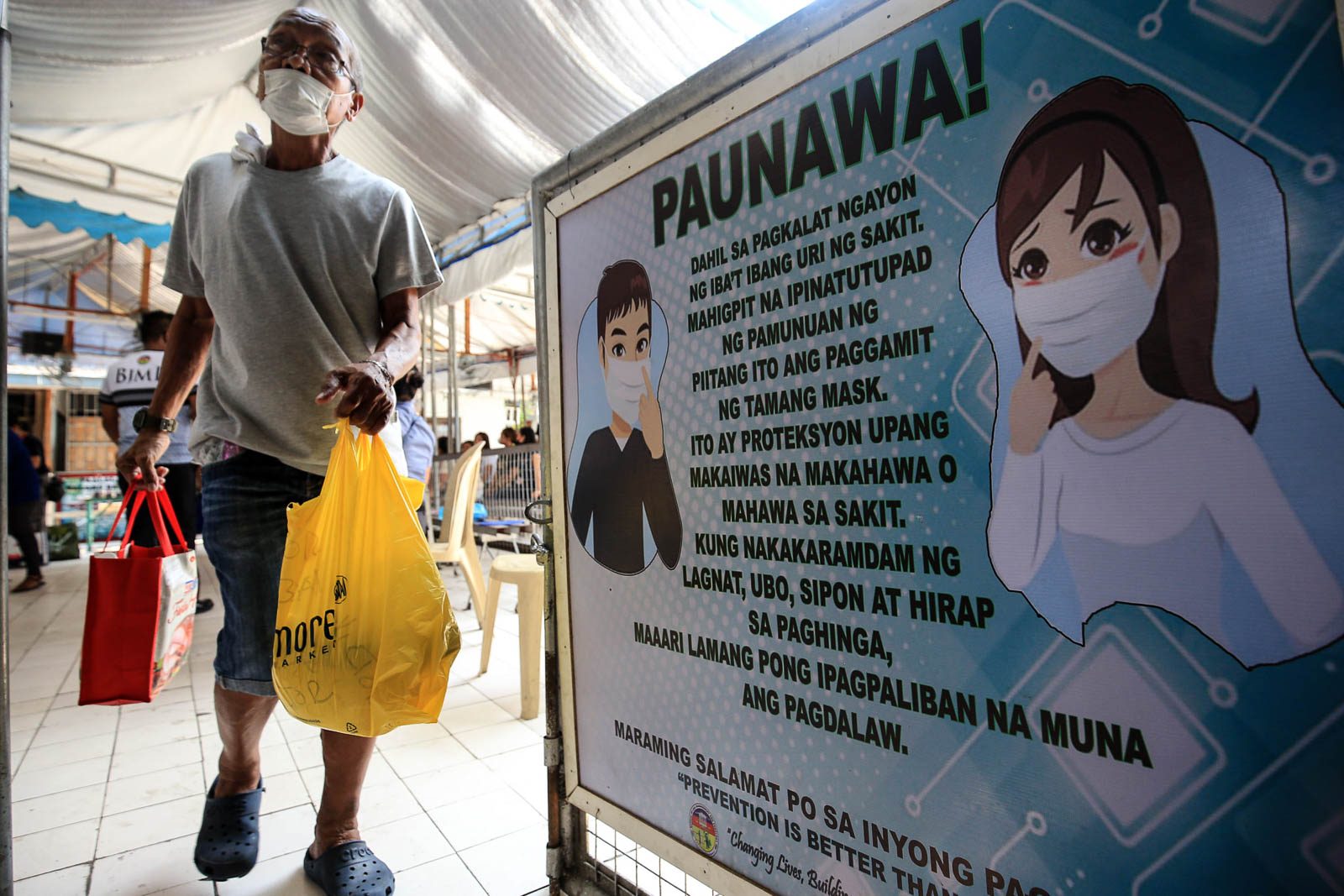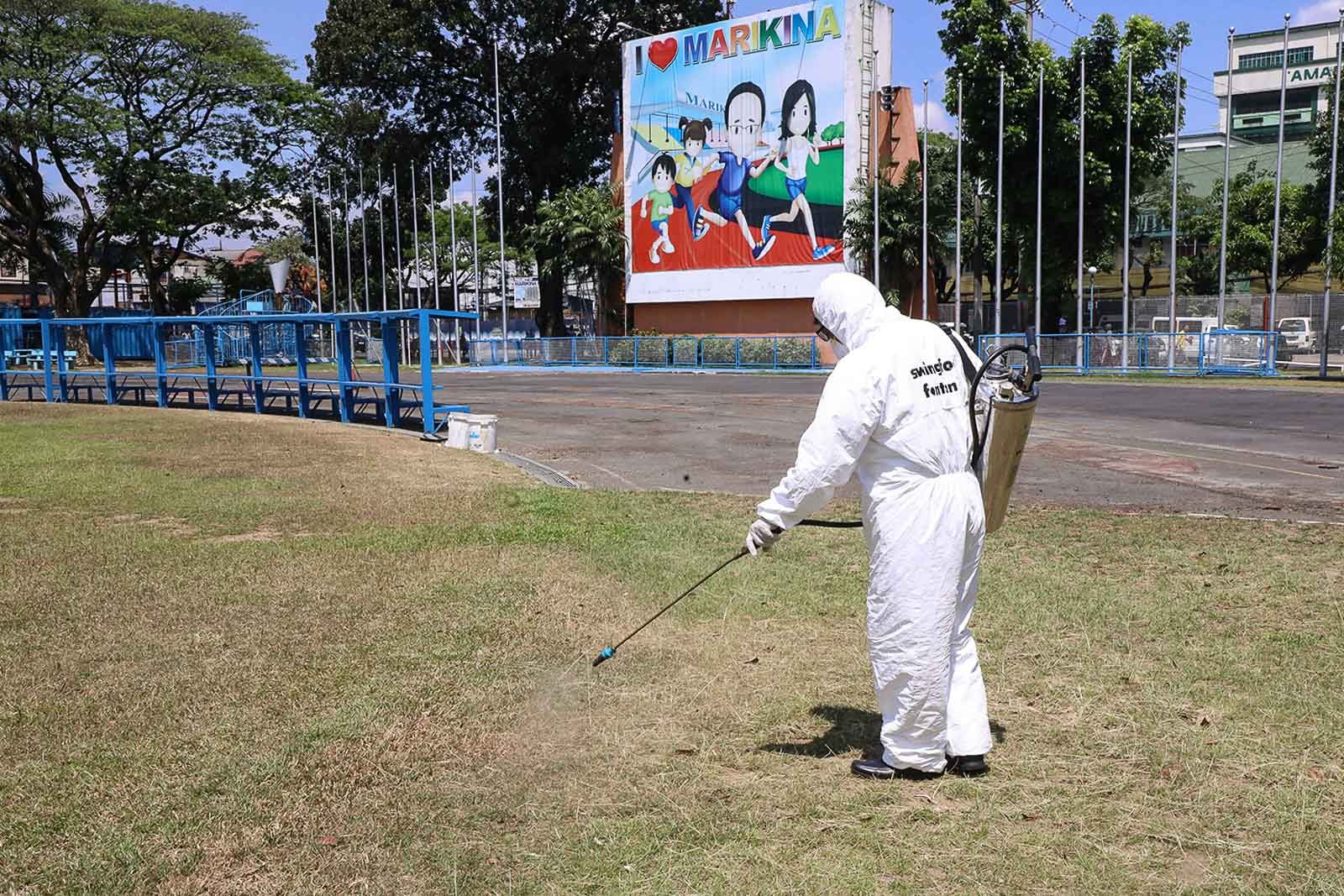SUMMARY
This is AI generated summarization, which may have errors. For context, always refer to the full article.

MANILA, Philippines – Facing the coronavirus outbreak that threatens to infect communities, what should the response of local officials be?
The Department of the Interior and Local Government (DILG) issued on February 3 a memorandum to guide local government units on how to handle the threat of a widespread outbreak. It was updated 3 days later on February 6.
Under the memorandum, officials are constantly reminded to make announcements and take action in consultation with health authorities.
They must not release information not vetted by the Department of Health (DOH) and other national agencies, and should maintain contact with these agencies for updates.
Primarily, barangay captains, mayors, and governors will assume 3 positions at the same time.
1. Information manager

As information managers, local chiefs are tasked to extend the reach of information from two authoritative agencies: the DOH and the World Health Organization.
These can be done through distribution of flyers and posters, renting of billboards, and posting content on their official social media accounts.
They are also advised to tap the local media in holding press conferences attended by credible sources of information such as health officials and local doctors to provide updates as well as to debunk rumors and wrong information that may trigger panic.
To hear out their constituents’ concerns, officials are also encouraged to hold public dialogues.
Barangay captains then have to each establish a barangay health information center (BHIC), which would receive calls from the public who wish to report or offer information about any person who arrived from a coronavirus-hit country, or people manifesting symptoms of the disease.
The BHIC should also work as an information hotline where barangay residents can get accurate information to counter any disinformation.
2. Local crisis manager

As crisis managers, local chiefs are tasked to detect possible cases, to isolate the confirmed ones, to conduct contact tracing, as well as prevent the spread of the virus.
This should be done, the memorandum said, with the activation of Barangay Health Emergency Response Teams (BHERTs). Ideally, there is one team per 5,000 people in their area of jurisdiction.
Officials must also ensure that medical crew, reponse teams, and other frontline workers are provided with personal protective equipment end medical supplies. At the same time, they should be able to monitor the price of medicines and file complaints against stores that overcharge.
Even before any confirmed cases, barangays must have their own barangay isolation units (BIUs) – enclosed and well-ventilated structures where patients should be separated from each other either through different rooms or through vinyl curtains.
To know who must be investigated and quarantined, the officials must get hold of Bureau of Immigration records of their residents who have recently arrived in the Philippines from a country with a confirmed coronavirus case.
These persons who had traveled to coronavirus-hit countries should then undergo 14-day quarantine – the prescribed time to monitor any incubation of the virus. Those who impose self-quarantine, the memorandum said, should be given “support and assistance” if needed.
3. Environmental health manager

The primary concern of chief executives as environmental health managers is to ensure the proper disposal of biological and medical wastes which could potentially continually carry germs and viruses.
They must also see to it that places people frequent like offices, malls, threaters, hotels, inns, schools, markets, churches, and public toilets are cleaned and disinfected. (READ: Metro Manila students barred from public spaces over coronavirus threat)
Barangay chairmen are told in the memorandum to conduct barangay-wide cleanliness and sanitation campaigns to be done in coordination with city or municipal health authorities.
While barangay captains stay in the frontlines, mayors monitor the progress of the barangay officials below them and provide assistance – through the municipality or city health office – where it is needed. Governors are tasked to do the same for the mayors.
Following up on the progress of all of them is the DILG. – Rappler.com
Add a comment
How does this make you feel?
There are no comments yet. Add your comment to start the conversation.